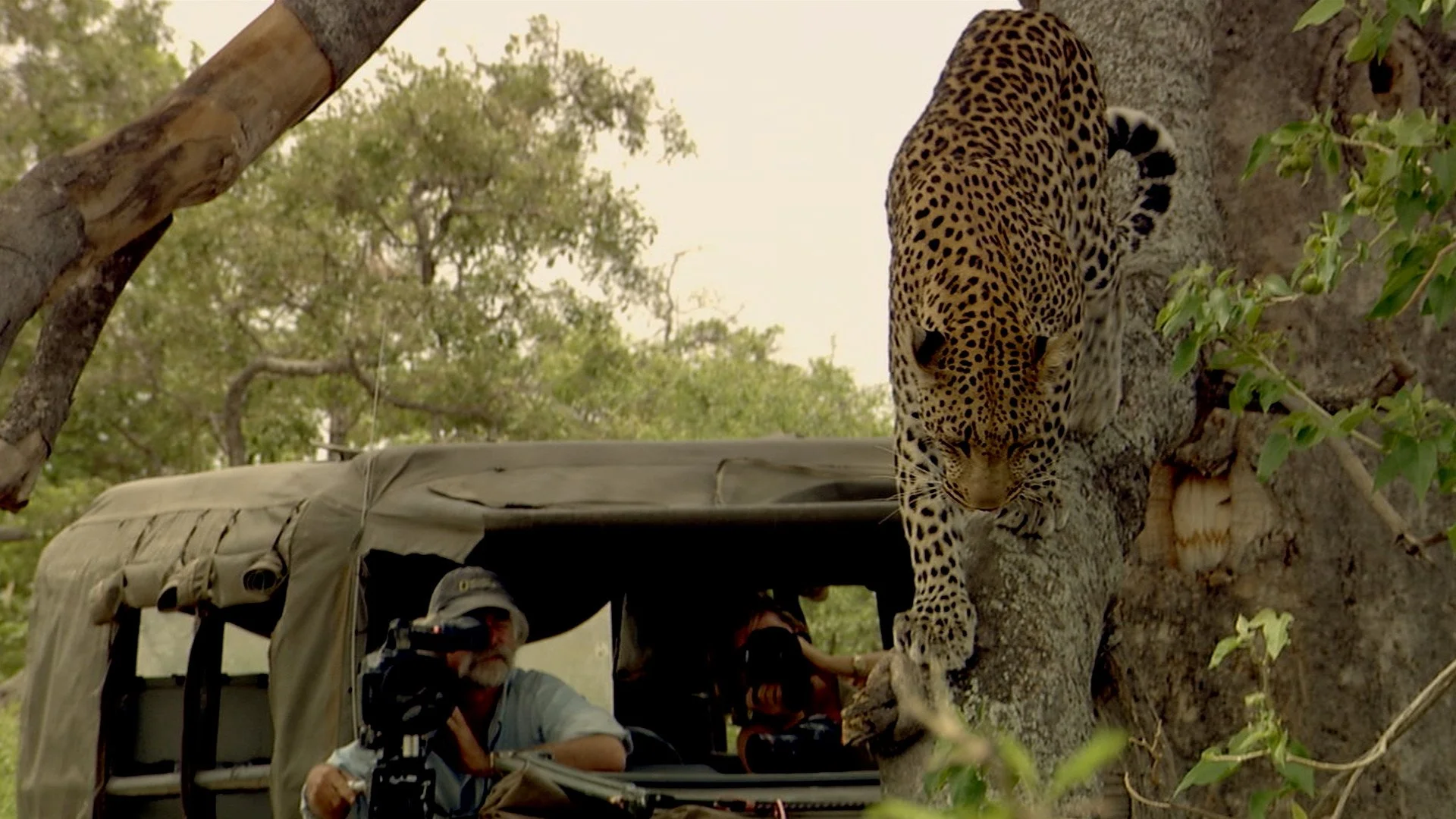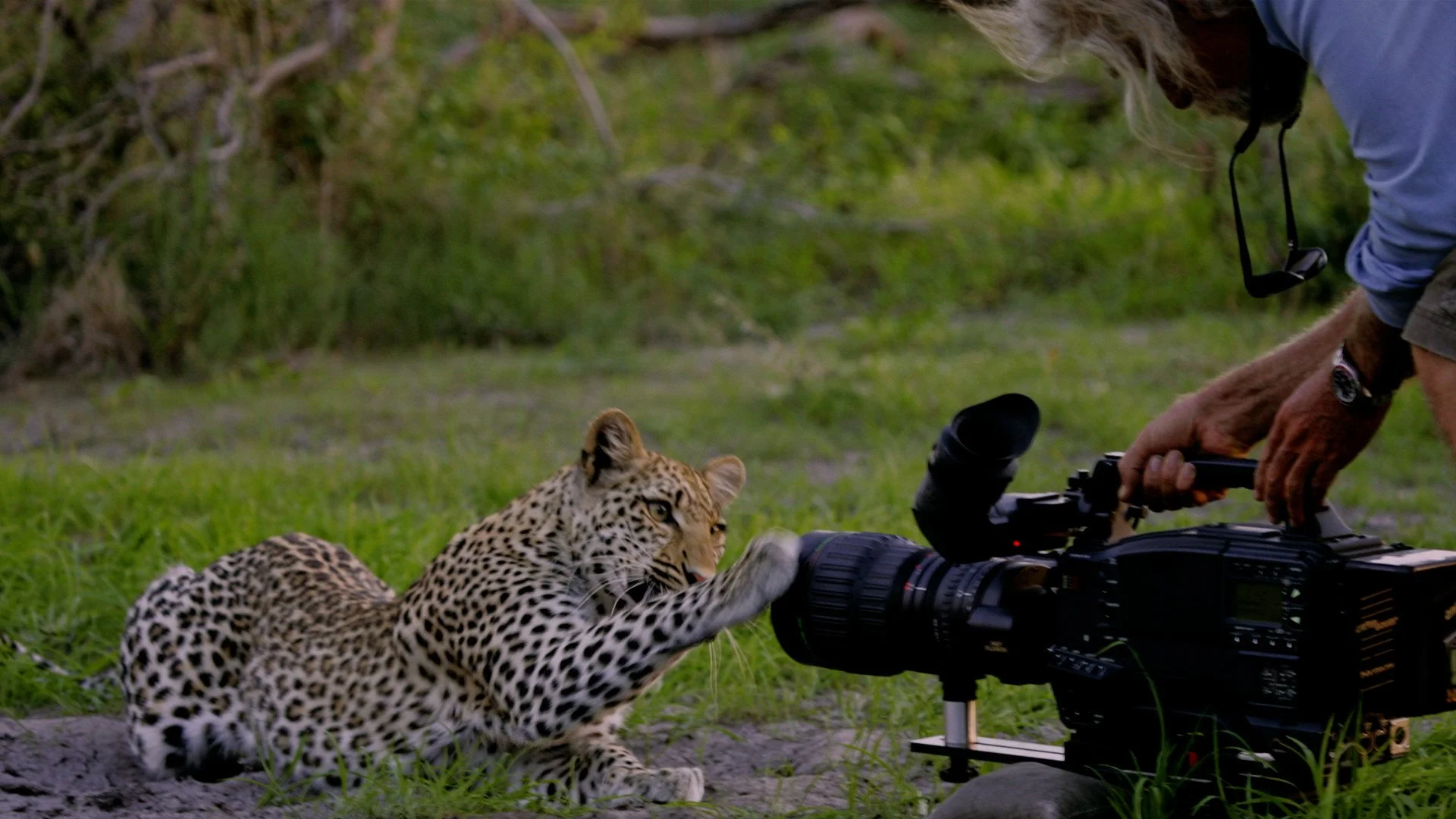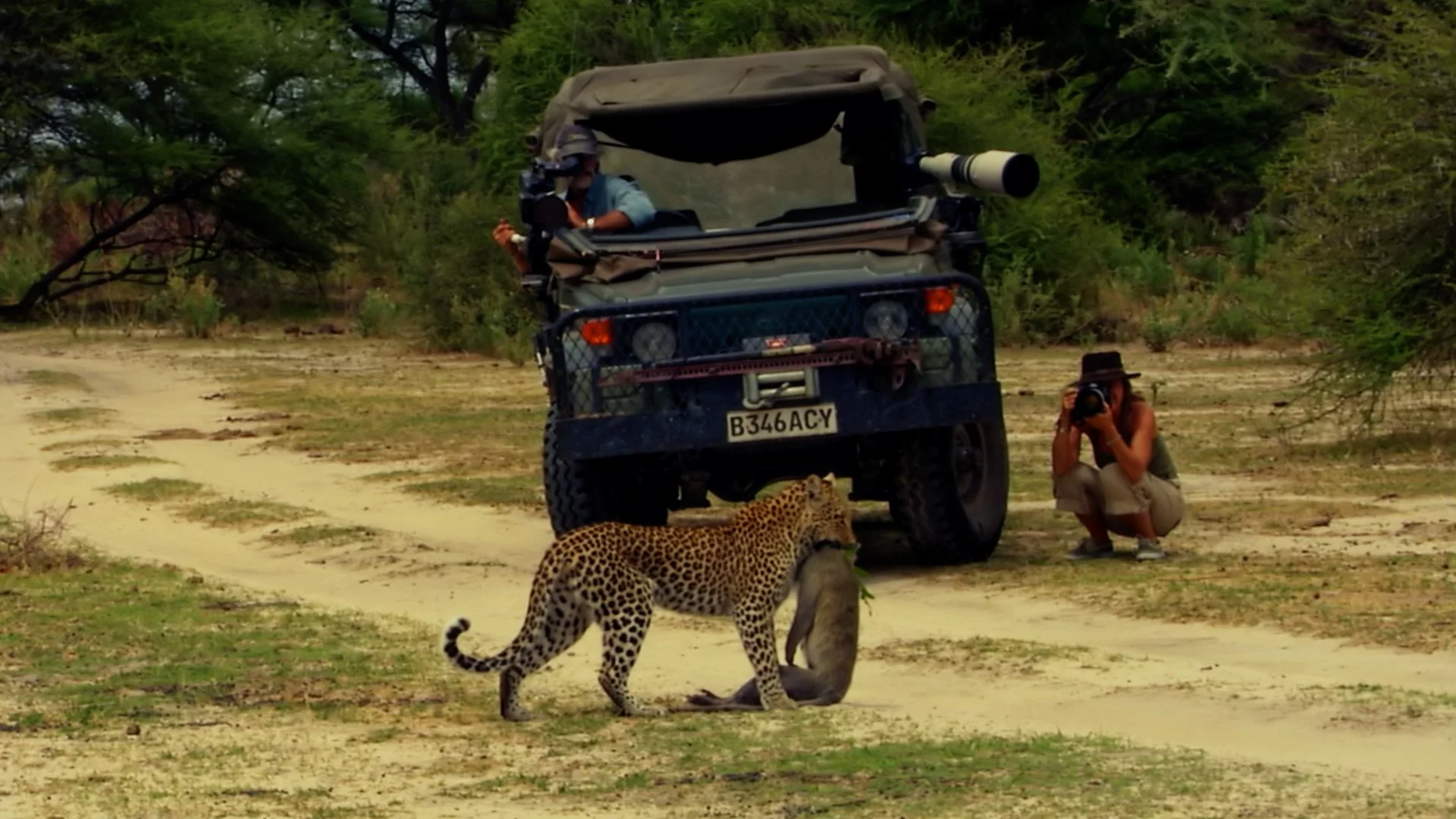National Geographic’s eponymous “Big Cat Week” turns 11 on Sunday. The week-long event will introduce six new in-depth programs about big cats and their struggle for survival against looming extinction, and features rarely before-seen footage of some of the natural world’s most recognizable, iconic apex predators in their native habitats.
That’s for the good.
There’s a sad, darker side to this, though. The original creators of Big Cat Week never intended that the showcase would return each year event over this long a period of time — certainly not a decade or more. That’s because the initial effort was designed to turn back the tide against species extinction and habitat loss, by exposing regular, everyday people to the beauty and majesty of big cats living day-to-day in the wild.
Today, right now, the crisis facing jaguars in the South American Pantanal, clouded leopards in Malaysia and even the familiar savannah lion of Tanzania’s Serengeti Plain is as dire at it has ever been, driven by the relentless erosion of habitat coupled with the ongoing — and growing — climate crisis. Many of the programs in this week’s Big Cat showcase focus on the fascination and wonder of big cats’ private lives, but that silent clock in the background keeps on ticking.
This year’s event kicks off with a quartet of programs: the self-explanatory Betty White Goes Wild! followed by Russia’s Wild Tiger, about the rare Amur tiger and its tenuous day-to-day existence in Russia’s Far East, a vast land of forests, remote villages and ever-0growing cities at the edge of the wilderness; The Way of the Cheetah, the latest film from Botswana-based filmmaker-conservationists Beverly and Dereck Joubert as they follow a resilient mother cheetah and her four cubs in Kenya’s Maasai Mara National Reserve, part of the vast Mara-Serengeti ecosystem; and Tree Climbing Lions, in which field biologist Alexander Braczkowski explores the climbing culture of tree-climbing lions in Uganda’s Queen Elizabeth National Park.
The programs are different and filmed in different styles, but are linked by a common thread: The day-to-day fight for survival, and in the cheetahs’ case, a race against extinction involving the world’s fastest land animal. Just 7,100 cheetahs remain in the wild. To put that in perspective, 20,000 lions remain in the wild, and 40,000-50,000 elephants, and both lions and elephants are considered to be endangered. It doesn’t take a degree in advanced genetics to realize cheetahs are in serious trouble. And this is an animal, too, that does not breed successfully — if at all — in captivity.
Beverly and Dereck Joubert play a prominent role in the week’s remaining programs, many of them narrated by Academy Award-winning actor Jeremy Irons, who has forged a close friendship with the Jouberts far removed from the glitz and glamour of the Hollywood film industry. The Jouberts’ autobiographical Living with Big Cats (Monday) peers behind the camera to show how the couple became National Geographic filmmakers and Explorers-in-Residence and retraces their steps from filmmakers to conservationists. Relentless Enemies (Tuesday), also narrated by Irons, reveals the personal, often deadly struggle between lions and buffalo, lions’ most dangerous prey, and quite capable of killing a lion if conditions permit. Eternal Enemies (Wednesday) witnesses the lifelong vendetta between lions and hyenas. The program won the Emmy Award when it first aired on National Geographic in the early 1990s, and has been remastered for the digital age with additional footage. The more recent Eye of the Leopard (also Wednesday) follows the Jouberts on a four-year journey as they follow a young leopard cub, just eight-days-old when they first found it, to adulthood.
The programs are intimate and stirring, emotional without being mawkish — life-affirming, but with moments of genuine sadness. The Jouberts are not openly anthropomorphic in their approach, but they clearly want to forge a human connection with any viewer who happens onto the programs.
“Eye of the Leopard was memorable because we followed this leopard in the wild for four years.” Dereck Joubert said, while promoting the Jouberts’ Great Plains Foundation project. The NGO manages reserves in Botswana and Kenya and currently operates six reserves and tented camps in cooperation with local governments and community groups. The NGO’s stated aim is to promote low-density, environmentally conscious tourism, by providing local people with economic incentives for the protection of wildlife.
“It was memorable because we lived with her constantly, but also inspiring because she showed us that what we needed to do, and that was to found the National Geographic Big Cats Initiative to be her voice … their voice. During our time with her the continent lost 10,000 leopards to legally sanctioned trophy hunting. Someone had to say, enough is enough. She did.”
Big Cat Week premieres Sunday with Betty White Goes Wild! (8/7c), followed by Russia’s Wild Tiger (9/8c); Dereck and Beverly Joubert’s The Way of the Cheetah (10/9c); and Tree Climbing Lions (11/10c), all on NatGeo WILD.



